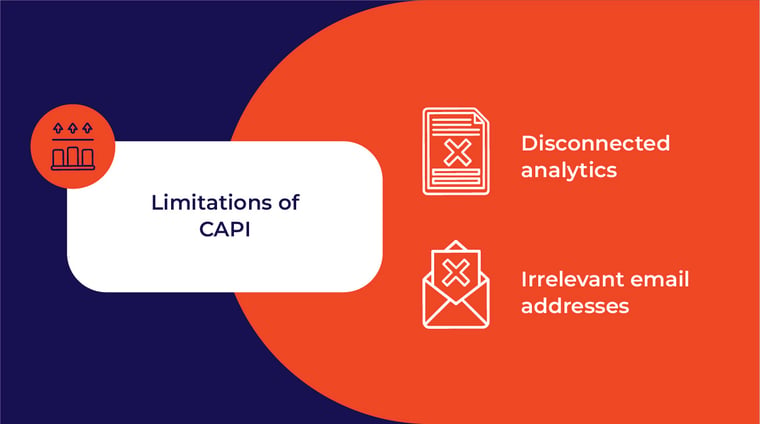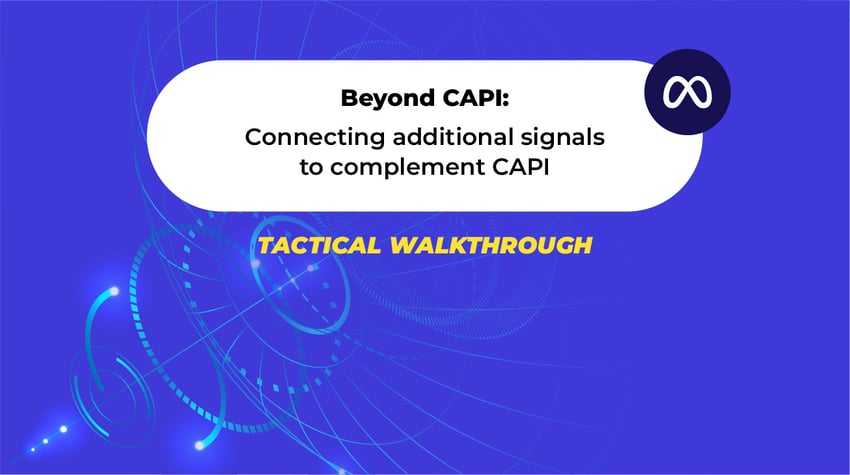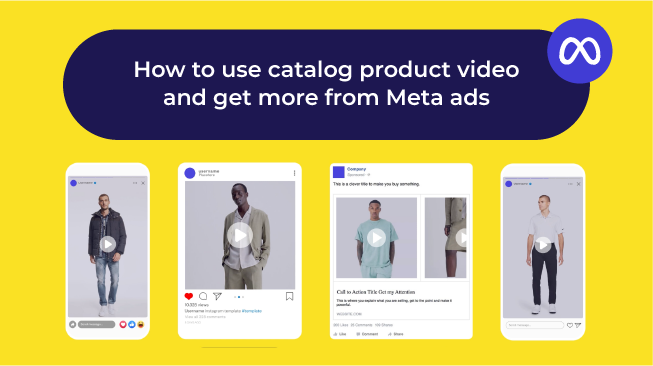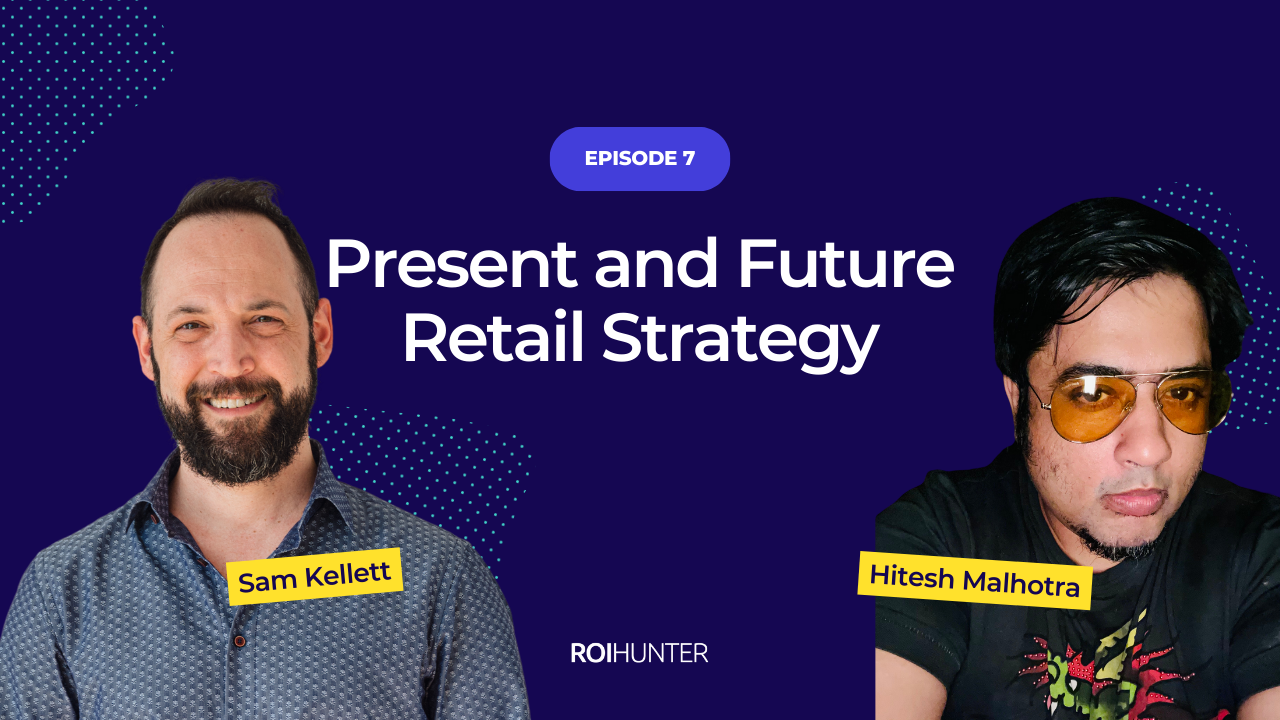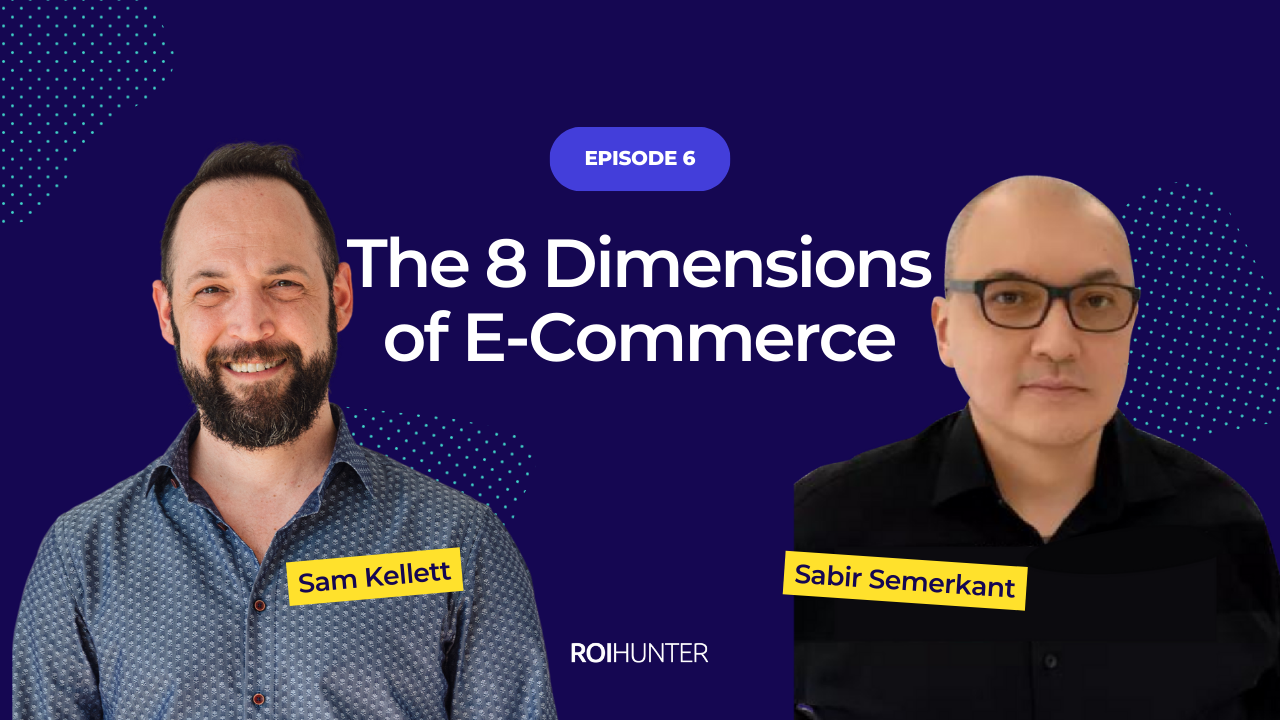Ever since the iOS14 update, getting enough targeting data has been rough for retailers. You’re probably already using Meta’s Conversions API (CAPI) to get some of the signals you need back, but there’s a way you can enhance your understanding with even more signals.
The more signals you have, the better you can target your customers. And the better you can target your customers, the better your campaigns will do. So let’s get into it!
Limitations of CAPI
While CAPI is a must-have for retailers, there are a few gaps that can still leave you without an optimal number of signals for your campaigns.
Disconnected analytics
It’s tough to track your ad performance via a UTM in Facebook ads, because your analytics platform doesn’t send feedback back to Facebook. This means that the attribution model you’re using as a source of truth could be missing important signals about your ad performance
Right now you run Meta ads, then go to an analytics platform like Google Analytics (GA) to compare the results from different channels. But that’s not actionable; you can’t change your bids directly from GA and optimise towards your source of truth!
To do that you have to go back to Meta with the data you’ve gathered, and then you run into a new problem: any decisions you make about which channel should get what part of the budget is based on GA metrics or internal metrics, not Meta metrics.
Irrelevant email addresses
CAPI matches conversion events based on the phone number or email address that advertisers get using their order form. This information is verified against the phone numbers and emails associated with Meta’s users but the matchrate varies, and is on average 80%. The match rate between CAPI signals can be found in Event Match Quality Score (EMQ) and can be finetuned by adding more information but is still covering only signals associated with users that are known for the retailers (so the user is logged in and the retailers knows their email). But how about all the shopping behaviour of unsigned or new users?
So what’s the fix?
Put the ads and analytics together into a neutral space with direct actionability over campaigns: ROI Hunter.
Complementing CAPI with additional signals from ROI Hunter
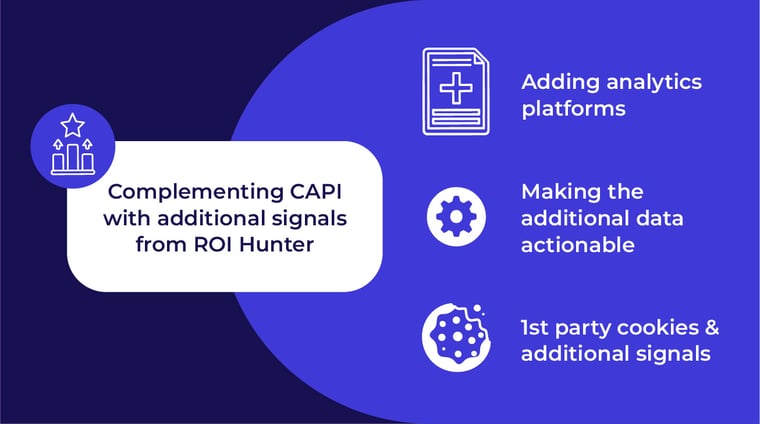
Adding analytics platforms
Integrate data from Google Analytics, Adobe Analytics, Adjust, Branch.io, Appsflyer and internal systems. Using ROI Hunter, you’re able to track not just every single ad, but every single SKU. ROI Hunter’s unique ID is built with ingrained UTM rules that enable us to query results from Google Analytics, Adobe Analytics, or any other partner for wherever that ad goes.
Making the additional data actionable
With ROI Hunter, you can automatically adjust your campaigns to optimise the performance of Facebook ads based on your 1st party data. ROI Hunter automatically feeds the SKU-level insights it connects from across your marketing channels into the Meta algorithms used for Advantage Shopping Campaigns or Dynamic Ads. This enables you to identify new high performing products and limit the spend on poor performing products, which increases your return on ad spend (ROAS).
1st party cookies and additional signals
ROI Hunter makes your signals more resilient with the signals added from Google Analytics. GA4 uses first party cookies, and can even operate in a cookieless mode. You can also combine the additional signals into GA goals such as time on one site, amount of visited pages, etc. For example, you can use these signals to exclude all users that spent less than 10 seconds on your site from remarketing, as they are likely to bounce again and lower the quality score of your ad.
Final thoughts
It’s a difficult time for retail. With the introduction of new privacy legislation and the sunsetting of 3rd-party cookies from most major browsers, retailers are struggling to gain enough signals to target their promotions effectively. Beyond that, retail marketing budgets are stretched, and it’s more important than ever to put the budget behind the right products (as informed by their source of truth).
ROI Hunter makes that source of truth more accurate and more resilient. CAPI is a powerful tool, but it can be enhanced. Connecting SKU-level signals from analytic platforms like Google Analytics or other analytics platforms opens up new opportunities and strengthens existing campaigns
Learn more about how to connect these signals, and the tactics you can accomplish with them in the next article (below).

